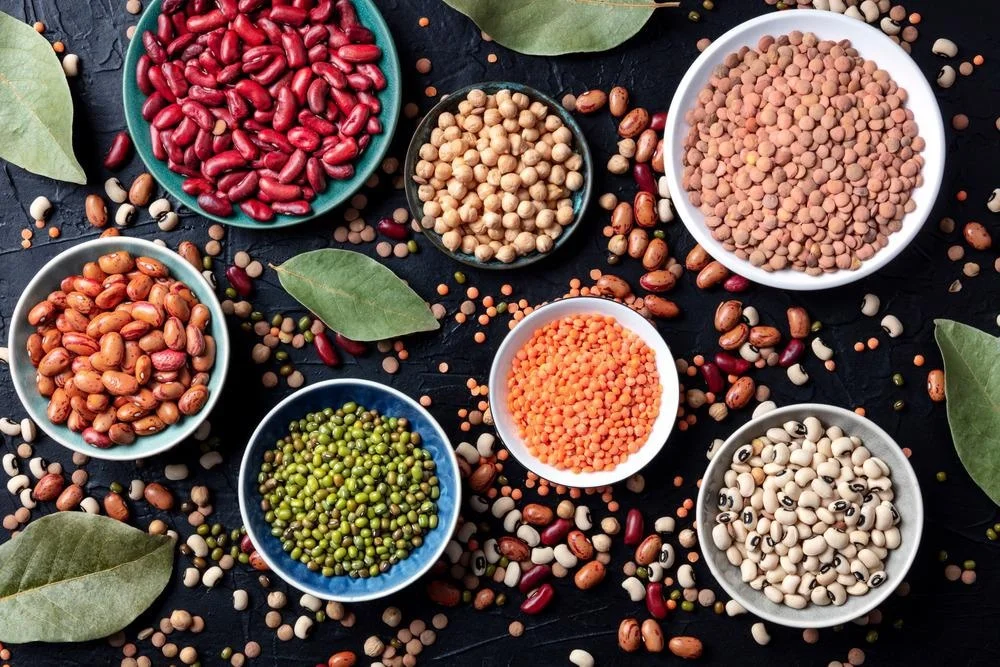
Spices are the heartbeat of global cuisine. From the fiery curries of India to the aromatic stews of the Middle East and the savory sauces of Europe, spices transform ordinary meals into unforgettable experiences. They add flavor, color, aroma, and even health benefits to your food.
But for beginners, cooking with spices can feel intimidating. Which spice goes with what dish? How much should you use? Should you use whole or ground spices? The good news is that learning how to cook with spices is easier than it seems. With some guidance, you can turn your kitchen into a world-class spice laboratory.
In this blog, we’ll explore practical tips for beginners, essential spices to start with, cooking methods, and common mistakes to avoid—all to help you master the art of cooking with spices.
Why Cook with Spices?
Before diving into tips, let’s understand why spices are so essential:
-
Flavor Enhancers – Spices bring out the natural taste of ingredients.
-
Aroma Boosters – The smell of roasted cumin or cinnamon instantly elevates a dish.
-
Health Benefits – Many spices aid digestion, improve metabolism, and have anti-inflammatory properties.
-
Cultural Connection – Each spice tells a story, connecting you with centuries-old culinary traditions.
Cooking with spices is not just about taste—it’s about nourishment, culture, and creativity.
Essential Tips for Beginners
1. Start with a Small Spice Collection
Don’t feel pressured to buy dozens of spices at once. Begin with 5–7 basic spices that are versatile:
-
Cumin
-
Coriander
-
Turmeric
-
Black pepper
-
Cinnamon
-
Chili powder (or paprika)
-
Ginger
👉 These can cover a wide variety of dishes, from soups and curries to marinades and desserts.
2. Use Fresh Spices
The freshness of spices matters. Old spices lose their potency and flavor.
-
Ground spices generally last 6–12 months.
-
Whole spices can last up to 2–3 years if stored properly.
-
Always keep them in airtight jars away from heat and sunlight.
3. Toast Spices for Better Flavor
Lightly dry-roasting spices in a pan before grinding or adding to dishes releases their essential oils, intensifying flavor and aroma. For example:
-
Roast cumin seeds for earthy depth.
-
Toast cardamom pods before adding to rice dishes.
-
Heat mustard seeds in oil until they pop for a nutty, peppery taste.
4. Understand When to Add Spices
Timing is everything when cooking with spices:
-
Whole spices: Add at the beginning (e.g., bay leaf in soups, cloves in curries).
-
Ground spices: Add mid-way so they blend without burning.
-
Fresh herbs/spices: Add at the end for freshness (e.g., coriander leaves, fresh ginger).
5. Learn the Flavor Profiles
Each spice has a unique flavor. Here’s a quick guide:
-
Cumin → Earthy, warm, slightly bitter.
-
Coriander → Citrus-like, fresh, slightly sweet.
-
Turmeric → Earthy, bitter, golden color.
-
Cinnamon → Sweet, woody, warm.
-
Black Pepper → Sharp, pungent, mildly spicy.
-
Chili → Heat, smoky, or fruity depending on type.
👉 Knowing flavor profiles helps you pair spices wisely.
6. Balance is Key
Too much spice can overwhelm a dish. Always start small—you can add more later, but you can’t take it out once it’s in.
A golden rule:
-
¼ teaspoon of ground spice per serving is usually enough.
7. Use Spice Blends
For beginners, ready-made spice blends make life easier:
-
Garam Masala (India)
-
Ras el Hanout (Morocco)
-
Chinese Five Spice
-
Cajun Seasoning (USA)
-
Za’atar (Middle East)
They save time and ensure balanced flavors.
8. Experiment Slowly
Don’t try to mix too many spices at once. Begin with 2–3 spices per dish, then expand your creativity as you gain confidence.
9. Respect Cultural Pairings
Certain spices are traditional in specific cuisines:
-
Indian curries → turmeric, cumin, coriander.
-
Middle Eastern dishes → cinnamon, cardamom, allspice.
-
Mexican food → chili, cumin, oregano.
-
European stews → bay leaf, thyme, black pepper.
Studying these pairings makes cooking easier.
10. Trust Your Senses
Cooking with spices is not just science—it’s art. Smell, taste, and adjust as you go. Over time, your intuition will guide you.
Common Mistakes Beginners Make
-
Overusing spices – Makes food bitter or overpowering.
-
Adding ground spices too early – They burn and taste harsh.
-
Not roasting spices – You miss out on deeper flavors.
-
Mixing too many spices – Creates confusion instead of balance.
-
Storing spices incorrectly – Leads to loss of flavor and potency.
Must-Try Beginner-Friendly Recipes with Spices
1. Spiced Rice (Jeera Rice)
-
Cook rice with a few roasted cumin seeds.
-
Simple, aromatic, and pairs well with curries.
2. Golden Turmeric Milk
-
Warm milk + turmeric + black pepper + honey.
-
A soothing, healthy drink for digestion and immunity.
3. Cinnamon Oatmeal
-
Add cinnamon powder to morning oats.
-
Boosts flavor and regulates blood sugar.
4. Roasted Vegetables with Chili & Coriander
-
Toss veggies in olive oil + chili + coriander powder.
-
Bake until golden—simple yet delicious.
5. Ginger-Lemon Tea
-
Boil fresh ginger in water, add lemon and honey.
-
Perfect for digestion and energy.
Health Benefits of Cooking with Spices
Cooking with spices is not only tasty but also healthy:
-
Improves digestion (cumin, fennel, coriander).
-
Boosts metabolism (ginger, black pepper, chili).
-
Reduces inflammation (turmeric, cinnamon).
-
Supports immunity (cloves, cardamom, garlic).
-
Balances blood sugar (cinnamon, fenugreek).
Beginner’s Spice Starter Kit (Shopping List)
If you’re just starting, stock up on these must-have spices:
-
Cumin seeds/powder
-
Coriander powder
-
Turmeric powder
-
Black pepper
-
Cinnamon sticks/powder
-
Chili powder/paprika
-
Ginger (fresh or powder)
-
Bay leaves
This small kit can help you cook dozens of flavorful dishes.
Advanced Tips as You Progress
Once you’re comfortable with basics:
-
Try grinding your own spices from whole seeds for maximum freshness.
-
Explore international spice blends.
-
Pair spices with different cooking oils (e.g., mustard oil in Indian cuisine, olive oil in Mediterranean).
-
Learn about layering spices—adding some early and some later for complexity.
